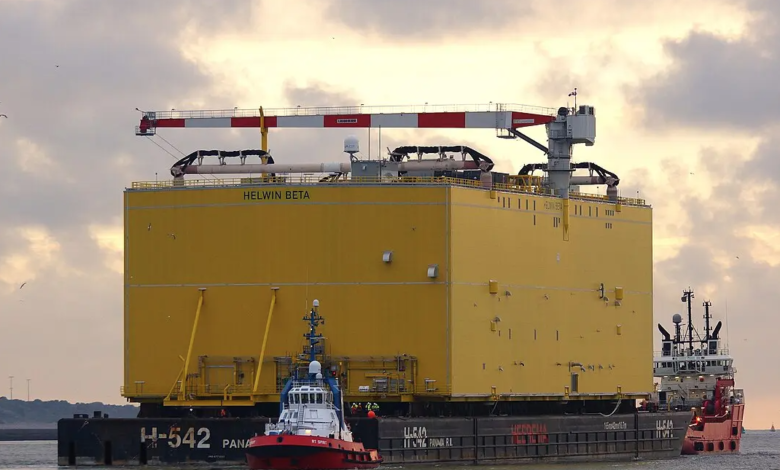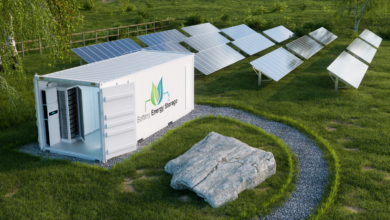
A look at the future of offshore transmission networks
Europe has great objectives in exploiting marine energy resources, but we need not only new plants and generators to achieve them. It is essential that the connection infrastructure also grows at the same time. A first estimate of what will be necessary from now until 2050 arrives these days of the ENTSO-E, the European Network of Transmission Systems Operators. the association published 22 January the Plans of appraisal of the offshore nets (Offshore Network Development Plans – ONDPs)providing initial indications as to where infrastructure investments would be economically most efficient to connect offshore renewables.
The results depend on the objectives set by the European countries for the exploitation of marine RES and for the precision of the wind ones. Adding together all the programs and commitments of the Member States and those of Norway and the United Kingdom, offshore renewable production should reach 496 GW installed by 2050. We’re talking about a 14-fold increase in capacity.
The ONDPs have identified a route length of between 48,000 and 54,000 km for the offshore networks needed by 2050, a path extending almost 1.5 times around the equator. And a total investment of 403 billion euros for the same date. It is important to underline that the ENTSO-E report highlights how the development of offshore nets infrastructure should take place in synergy with the protection of the marine environment to achieve a sustainable energy system that coexists with biodiversity.
“We are proud – said Damian Cortinas, Chairman of the Board of Directors of ENTSO-E – to present […] the first European offshore nets development plan, as the development of offshore wind production and strong interconnections across all European sea basins are essential to create a carbon-neutral, resilient and cost-effective European energy system. The creation of suitable offshore networks is a necessary condition for the European energy transition towards neutrality“.





